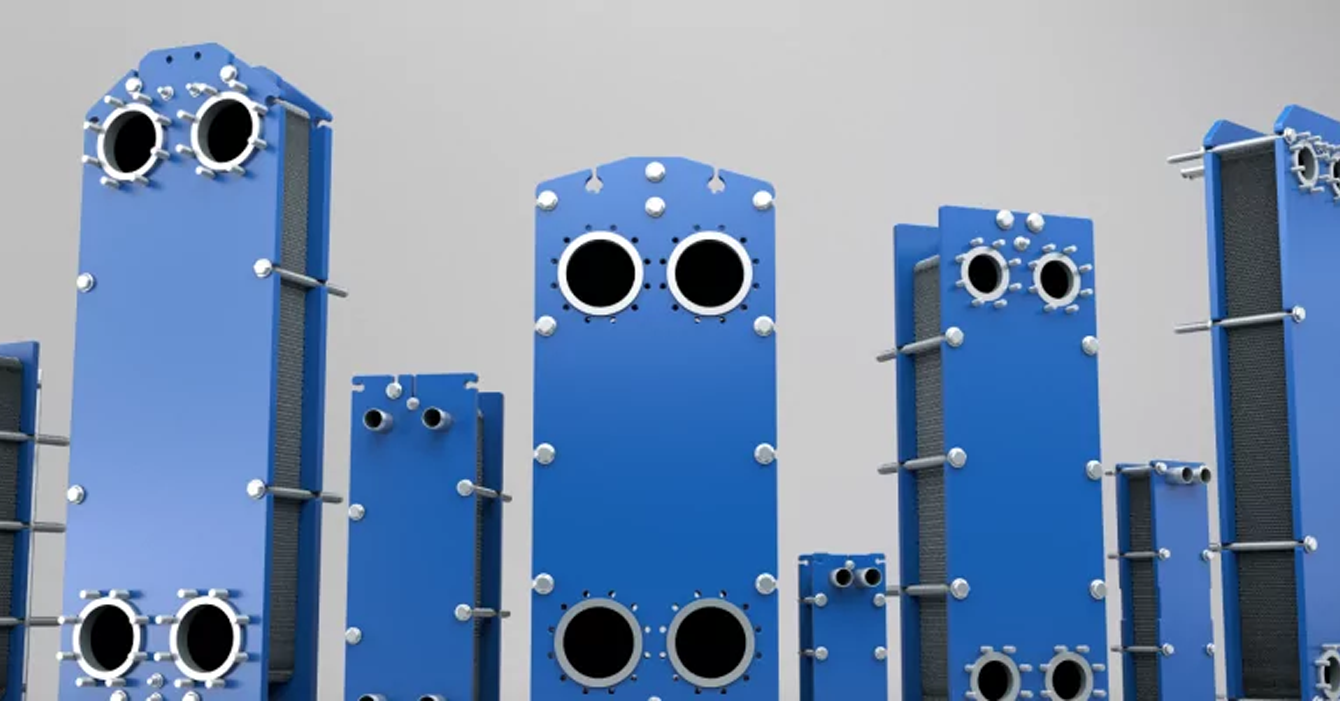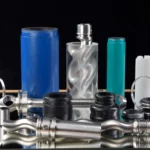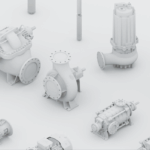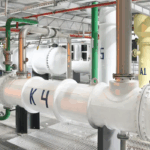The quality of heat exchanger components directly affects its performance and durability. Using uncertified or worn components leads to reduced energy efficiency, increased operating costs, and frequent repairs. For businesses, this means higher financial risks and loss of stability in production processes.
How defects in parts reduce the efficiency of a heat exchanger
The heat exchanger operates most efficiently only when high-quality components are used, ensuring tightness, uniform heat distribution and process stability.
The main problems arising from poor-quality parts:
- Leakage, resulting in loss of working medium and reduced heat transfer coefficient.
- Uneven heat transfer due to microcracks or deformation of elements.
- Increased fluid resistance and increased load on pumping equipment.
- Accelerated surface contamination and scale deposits due to microdefects in the material.
- Frequent emergency stops and the need for additional maintenance.
As a result, instead of saving money, the company faces increased energy costs and reduced equipment life.
Costs and risks: why cutting corners on quality ends up costing more
The desire to reduce production costs often prompts companies to use cheaper components for heat exchangers. However, such savings quickly turn into additional costs.
The main negative consequences of using cheap parts:
- Increased energy consumption due to low thermal conductivity and material defects.
- Frequent production downtime due to repairs and equipment replacement.
- Increased costs for maintenance and servicing.
- The risk of emergencies that could result in significant losses.
- Loss of customer trust and reduced competitiveness of the enterprise.
Thus, short-term savings on quality lead to significantly greater financial and reputational losses in the future.
The use of low-quality parts in heat exchangers leads to reduced energy efficiency, increased costs and higher accident risks. Investing in high-quality components ensures stable operation, resource savings and equipment durability. The reliability of parts becomes the key to efficient production and competitive advantages.



